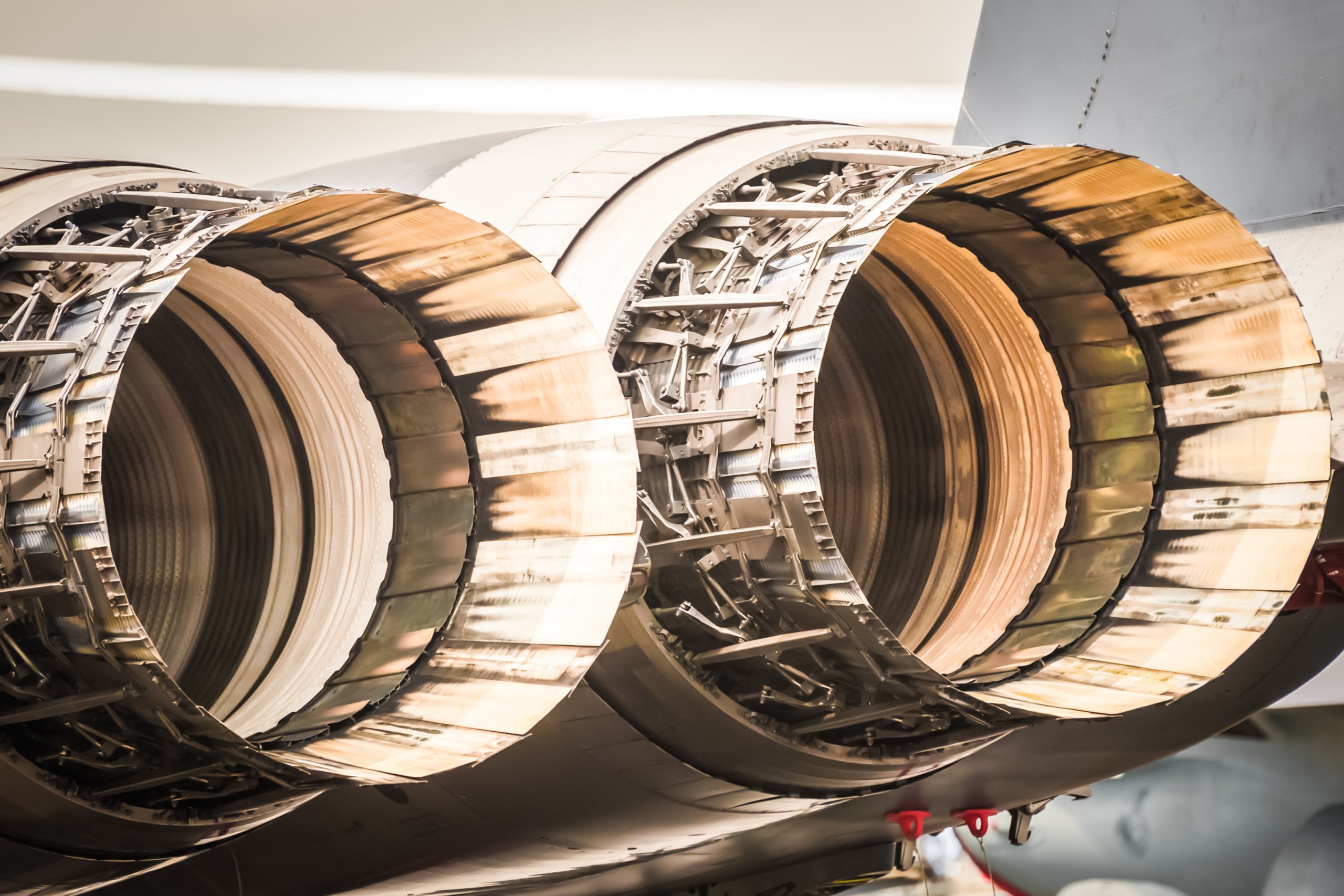If you’ve read virtually any of our past articles, you’d know we always try to metaphorically connect universal conventions and topics with Avionics and aerospace. And this article is no different. Keeping that in mind, we noticed that achieving certification for Avionics hardware is akin to navigating through treacherous waters. Just as seasoned captains of even 900,000 years ago steered their ships with precision and care, aerospace professionals must navigate the DO-254 certification process with a deep understanding and meticulous approach. This journey, while complex, is essential for ensuring the safety and reliability of aircraft in our skies. In this article, we chart the course of the DO-254 certification process, drawing parallels to the art of sailing to illuminate the path for both burgeoning and seasoned aerospace engineers and aviation professionals.
Setting Sail: Understanding DO-254
The DO-254, “Design Assurance Guidance for Airborne Electronic Hardware,” is akin to the charted maps and navigational stars used by sailors of old. Developed by the Radio Technical Commission for Aeronautics (RTCA) and recognized by regulatory bodies around the globe, it outlines the standards for design, implementation, test, and documentation of avionic hardware. From the smallest sensor to the most complex computer systems, DO-254 ensures that each component meets stringent safety requirements, guiding engineers through the turbulent waters of development and certification.
Charting the Course: The Stages of DO-254 Certification
Navigating through the DO-254 certification process involves several key stages, much like the waypoints in a sailor’s journey:
-
Planning for Voyage (Planning Stage): Before embarking on the development journey, planning is crucial. This stage involves defining the hardware lifecycle and identifying the processes and resources required to meet DO-254 guidelines.
-
Navigating Through the Storm (Conceptual and Detailed Design): Here, engineers craft the blueprint of their avionic hardware, akin to plotting a course through the high seas. Design activities must be meticulously documented, ensuring that every decision aligns with safety standards and project requirements.
-
Testing the Waters (Implementation and Testing): Just as a ship is tested against the might of the ocean, avionic hardware undergoes rigorous verification and validation. This phase ensures that the hardware performs safely under all foreseeable conditions, safeguarding against potential failures.
-
Safe Harbor (Certification and Post-Certification): Reaching the final destination, the hardware is reviewed and certified by regulatory authorities, much like a ship safely docking at its port. However, the journey doesn’t end here. Post-certification, continuous monitoring and modifications may be required to ensure ongoing compliance with DO-254 standards.
The Crew: Collaboration and Expertise
Achieving DO-254 certification is not a solo endeavor; it requires a skilled crew. Engineers, project managers, and regulatory experts must work in harmony, their roles interwoven like the ropes of a ship’s rigging. Training and expertise in DO-254 principles are the compass by which this crew navigates, ensuring a collaborative effort towards certification success.
Conclusion: Reaching New Horizons
The DO-254 certification process, much like a sea voyage, is a journey of precision, expertise, and collaboration. It’s a testament to the commitment of aerospace professionals to ensure the safety and reliability of avionic hardware. By understanding and meticulously adhering to DO-254 guidelines, we continue to sail through the skies safely, exploring new horizons with confidence.
Just as the seasoned captain respects the sea’s power and navigates with care, aerospace engineers and aviation professionals approach the DO-254 certification process with reverence and meticulous attention to detail, steering the future of aviation towards ever-safer skies.



